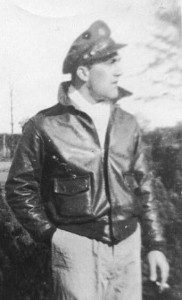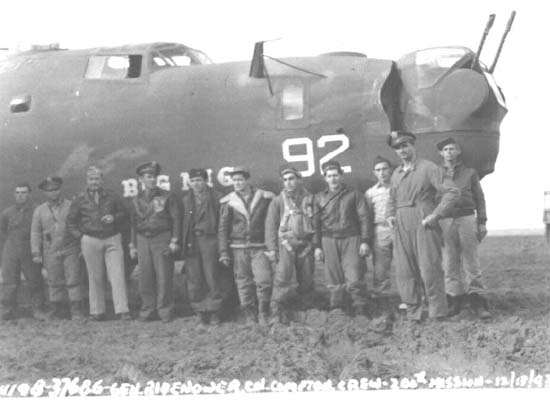
The voice on the phone wasn’t an automated one. An actual human being answered my call, last week, as I attempted to renew the registration on my website and domain name (tedbarris.com). But inevitably my 1-800 call took me outside the country. When I asked, the young man on the line said he was located in Phoenix, Arizona. I told him I was calling from way north of that and he then described a family outing he’d experienced over Christmas.
“I took my family up north during the holidays,” Chris Taddonio said.
“Oh, really?” I said. “Where to?”
“North to Flagstaff, Arizona,” he said. “And my daughter started to cry it was so cold.”
“And how cold was it?”
“Oh, it was around the freezing mark,” he said.
That’s when I told him that our thermometer readings had been nearly 20 degrees Celsius lower than that, this week, and that with the wind chill, we in Ontario were coping with what felt like minus-30 or minus-40 degrees Celsius.
And the phone went silent. He admitted he was sorry he’d tried to impress me with his trip “up north.” Then, we moved on to the job at hand – registering my domain name on the Internet. He looked at my website, realized I had an interest in military history, and then noticed an image on my site of a Second World War Spitfire fighter aircraft.
He mentioned that his grandfather had served in the U.S. Army Air Force during the war and that the man – now in his 90s – might have some stories for me. I said I was always interested in hearing from veterans, and suggested he ask his grandfather, in the Boston area, to call me. On Sunday I received a call from Joseph Taddonio.
Born in December 1920 (he celebrated his 93rd birthday over the Christmas holidays), Joseph Taddonio told me that he and his brother had grown up not far from Boston Municipal Airport. The boys had always gaped at biplanes and auto-gyro aircraft on the tarmac. When the United States was drawn into the war with the attack on Pearl Harbor in December 1941, it seemed a natural thing to join the air force. But despite his love of airplanes Joseph had a problem.
“When I attended optometrist school just before the war,” he said, “I found out I was near-sighted… I kept flunking the (air force entry) course.”
His inability to read the eye charts required for an airgunner, kept preventing Taddonio’s successful entry into the U.S. Army Air Force, until one day, he found a training facility with exactly the same eye chart. He simply memorized the lines of letters, went back to an examiner, passed the test, and got in.

Then, to ensure his eyesight would never fail him as a waist gunner aboard the Liberator bomber, he had his combat goggle lenses replaced with the prescription to overcome his near-sightedness. Taddonio served in the skies over North Africa, the Mediterranean, Italy and (late in his wartime career) France.
“On one mission to bomb Vicenza, we had 17 airplanes in our bomber stream,” he explained about a mission on Dec. 28. 1943. “We had no (Allied fighter aircraft escort to protect the bombers) when 60 German fighter aircraft jumped us. Fifteen waves of German fighters, four abreast. Only seven of our aircraft made it through.”
With each Liberator carrying a crew of seven to 10 men, the losses that one night proved disastrous. Taddonio finished the war by participating in the Normandy invasion; he and his aircrew bombed targets on the coast of France just prior to the D-Day invasion in the spring of 1944. He’d survived a year of missions over Europe.

On June 12, 1944 (D-Day-plus-6) Taddonio said he flew a mission over the Cherbourg peninsula in support of American ground forces there. The invasion had held and was moving inland.
“That was my last mission,” he said, “and I came home.”
It occurred to me that flying in the ball turret of a Liberator bomber, which could climb to altitudes of nearly 30,000 feet, that Taddonio might have experienced some extremely cold temperatures at those altitudes.
“The coldest it hit outside our airplane was 60 below,” he said. “We were flying back to England over Denmark that day.”
“How could you possibly keep from freezing to death?” I asked.
“We had jump suits that were like electric blankets,” Taddonio said. “They had rigged up a system for heating pants and coats and even wired our boots to try to keep us warm.”
I began to feel guilty having complained this week about minus-40 temperatures in Ontario. And I doubted whether his great-granddaughter, the one who had cried to her father Chris about the nearly freezing temperatures at Flagstaff, Arizona, would have any concept of minus-60 degrees. Much less facing that cold while German fighters and anti-aircraft guns tried to shoot his Liberator out of the sky.
More than a few degrees of separation there.
Kudos, Professor! Thanks for keeping alive an era long ago but unforgettable to those who served.
In 1943 flying out of Benghazi, Libya, a RCAF Wellington ‘medium’ bomber group was based across the road from our ‘heavy’ bomber group. They flew night missions while we flew daytime missions.
Joe Taddonio
My father Lt. Col. Charles Ward (USAF Retired) was a crew member, lead navigator, with the Serafin crew that experienced some controversy during Black Sunday. Mr. Taddonio would remember Charles Ward who turned out to be a meaningful friend and defender to keep Taddonio on the crew, not risking bad luck to break up a crew. He will or would have remembered my father, who has since passed four years ago in May of 2010. I so hope in his family there remains interest in communication, as my mother remembers the name so well of Mr. Taddonio, and the last call that they shared where he was off to Las Vegas!
I address this to Mr. Taddonio. I am the nephew (and namesake) of SSgt Eugene A. Studer who died on Dec. 20, 1943 in the downing of the B24J, “Big Nig,” over Sofia, Bulgaria when the plane was struck mid-air by a Bulgarian fighter flown by a Lt. Dimitar Spisarevski. Gene was the ball turret gunner. His pilot was Robert Brown. All but the tail gunner, Bob Renner, were killed (POW til Sep 1944). Some weeks before the fateful mission, the crew had its picture taken before another plane (a B24D, I believe) by you Mr. Taddonio. I’m trying find out where and when the photo was taken, and any other information you may have about Gene and his crew. I would dearly appreciate someone to contact me – either Mr. Taddonio, or someone on his behalf. Thank you.
Gene Studer
This to let you know that Joe died last month (June 7, 2016) at age 95 – the country has lost another national treasure. Thank you Ted for helping me get in touch with Joe. I am indebted to him for the wealth of information I received for the report I was able to prepare for my family about my Uncle Gene, a fellow gunner in Joe’s bomber squadron, KIA on Dec 20, 1043 (https://www.dropbox.com/l/rGSFmbSS2N6xrozAwjE5Bu?)